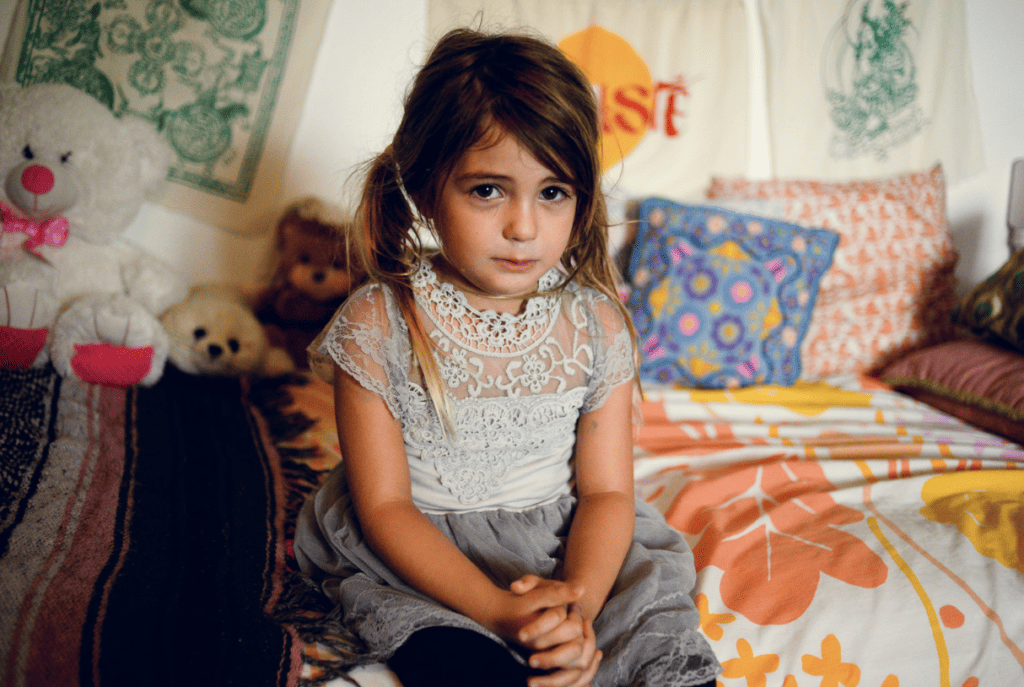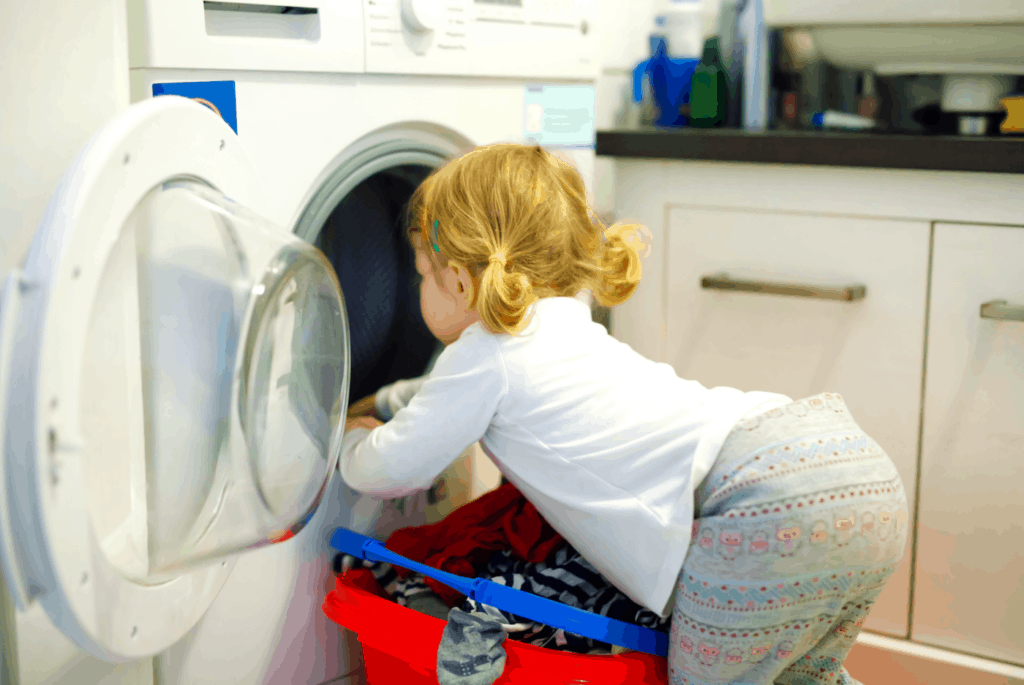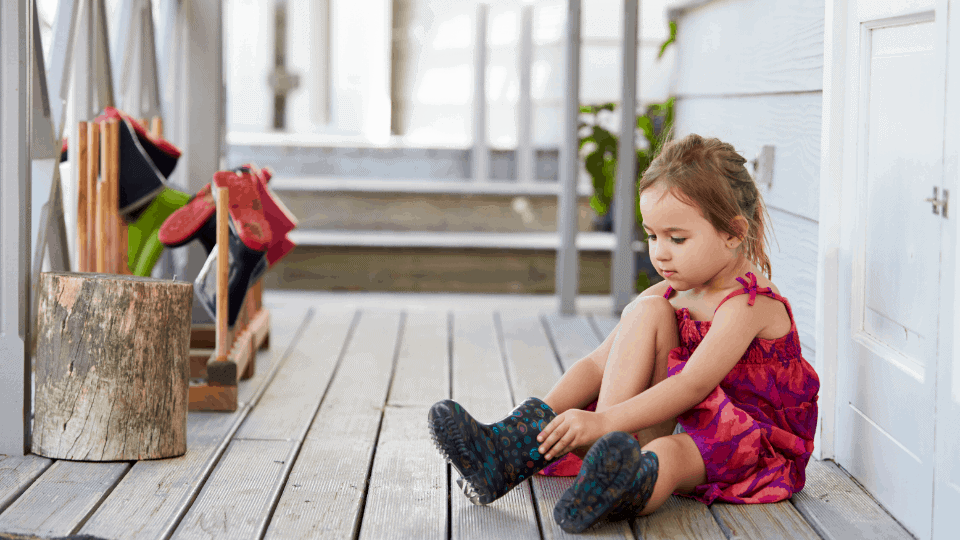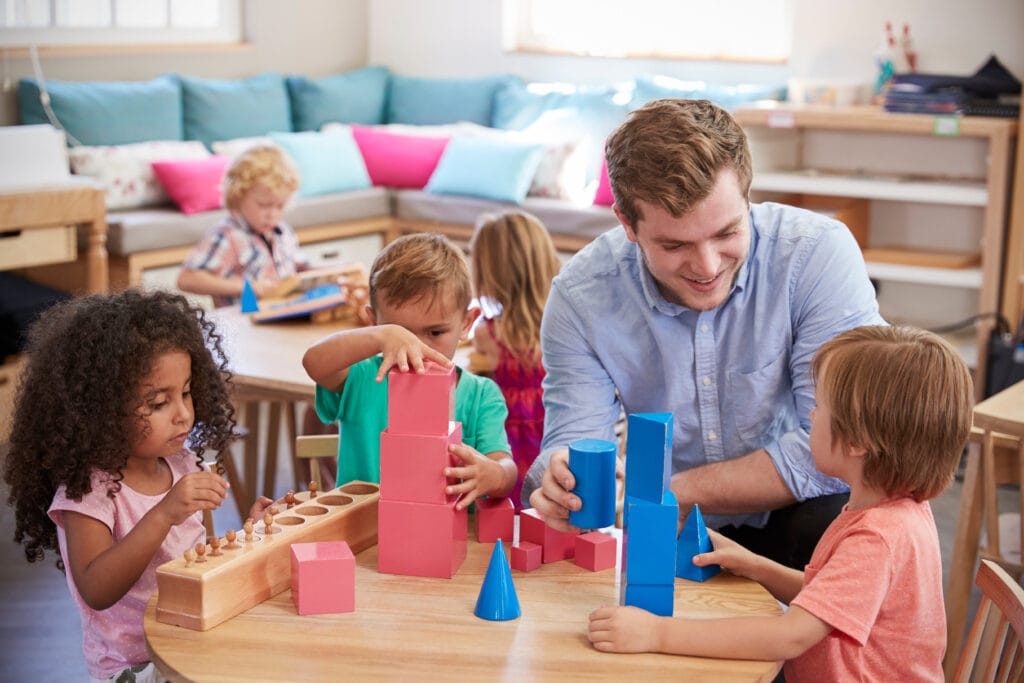Montessori parenting is accomplished by following a series of principles aimed to allow the child to grow and learn at their own pace. The 5 main principles include respect for the child, the absorbent mind, sensitive periods, the prepared environment, and auto education.
How can you apply the 5 principles of Montessori at home and incorporate them into your parenting style? Well, it’s certainly possible and we’ve found some great ways to help children learn in a fun and stimulating environment.
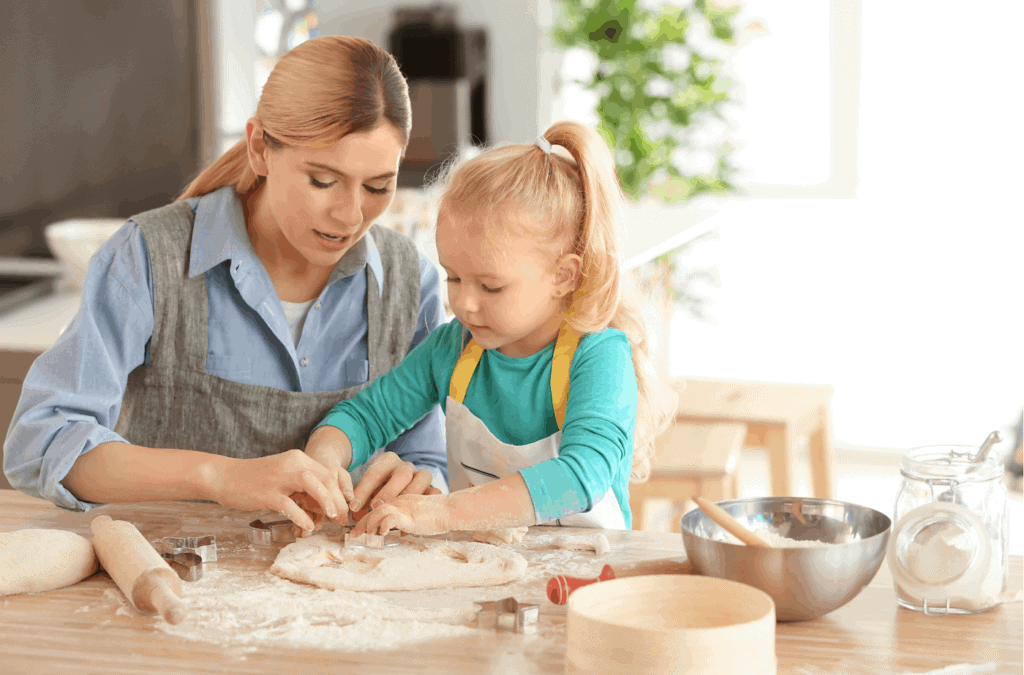
What is Montessori Teaching/Parenting?
Dr. Maria
“The
Click here to view the quote.Montessori Method fosters rigorous, self-motivated growth for children and adolescents in all areas of their development—cognitive, emotional, social, and physical.”
Montessori education provides the child with a self-guided and personally paced approach to their own education. Children learn by doing, rather than being told. Children learn from “natural consequences” rather than teacher or parent-induced consequences. This method aims to give children an education which they will continue to improve upon, rather than one which stops after public school.
The Montessori Method is mostly used in early childhood, and rarely seen in Junior High or High School aged students. This is because
Education centers (whether it’s a school or a home) should aim to create natural learning opportunities for citizenship, independence, and accountability. Children will learn from multi-sensory activities which promote self-growth and learning. In
This is a more natural and flexible approach to parenting and education which puts a great emphasis on the child.
The
Related: Does Montessori work for every child?
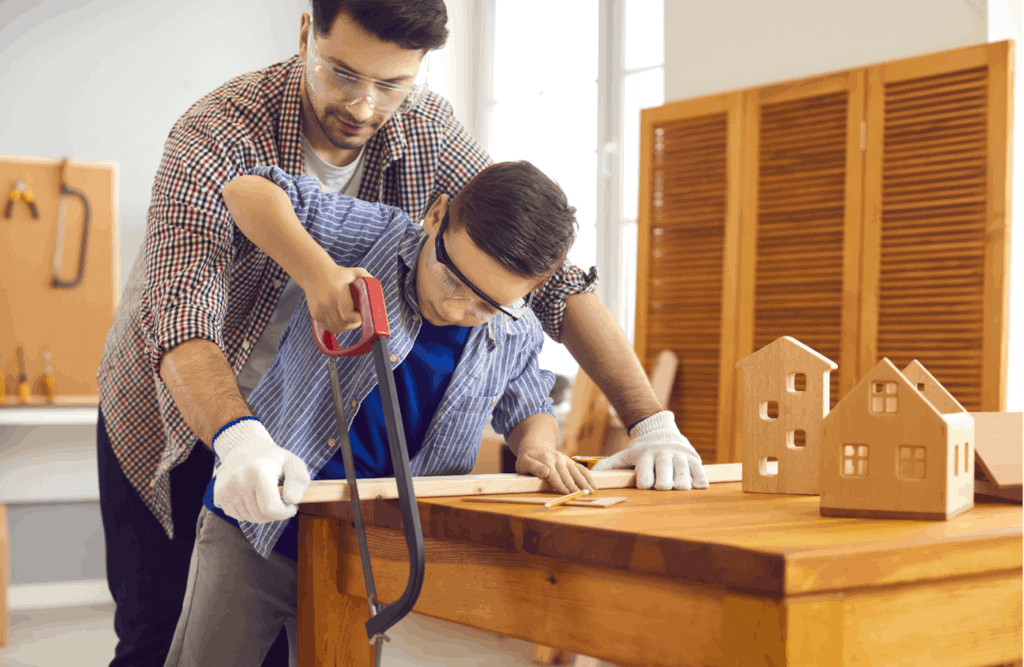
What are the 5 Principles of Montessori ?
There are 5 basic principles which the
Respect For the Child
It is not coincidence respect is the first principle of the
Respecting the child goes deeper than merely allowing them to drive their own education. It also means respecting the child’s action, both the correct and the incorrect. The
As a caregiver, you can show respect to the children by not interrupting their concentration. You must also give them the freedom to make their own choices, and do things on their own. This helps them to learn for themselves. Teachers and parents can model respect by demonstrating peaceful conflict resolution and observing without judgment.
The Absorbent Mind
Montessori is based on the idea that simply by living and observing how the world works, children are constantly learning. Instructors depend on the child’s absorbent mindset to teach the child not only about the world but how to learn and how to use their curiosity to promote a constantly learning and growing mind.
It is important for children who are being taught or parented using the
Sensitive Periods
There are “sensitive periods” throughout child development where the child is most likely and ready to learn certain skills. These periods last only as long as needed for the child to master the skill for that period.
When exactly the sensitive periods occur and for how long they last are entirely dependant on the child. Because this is a child-based learning method, everything depends on each child and how prepared they are for the learning and mastering of new skills.
Montessori learning environments give opportunities for children to experience and master each skill at their own timing and pace. They also offer hands-on activities for children to learn how to master the skill as well as learn about what they are doing.
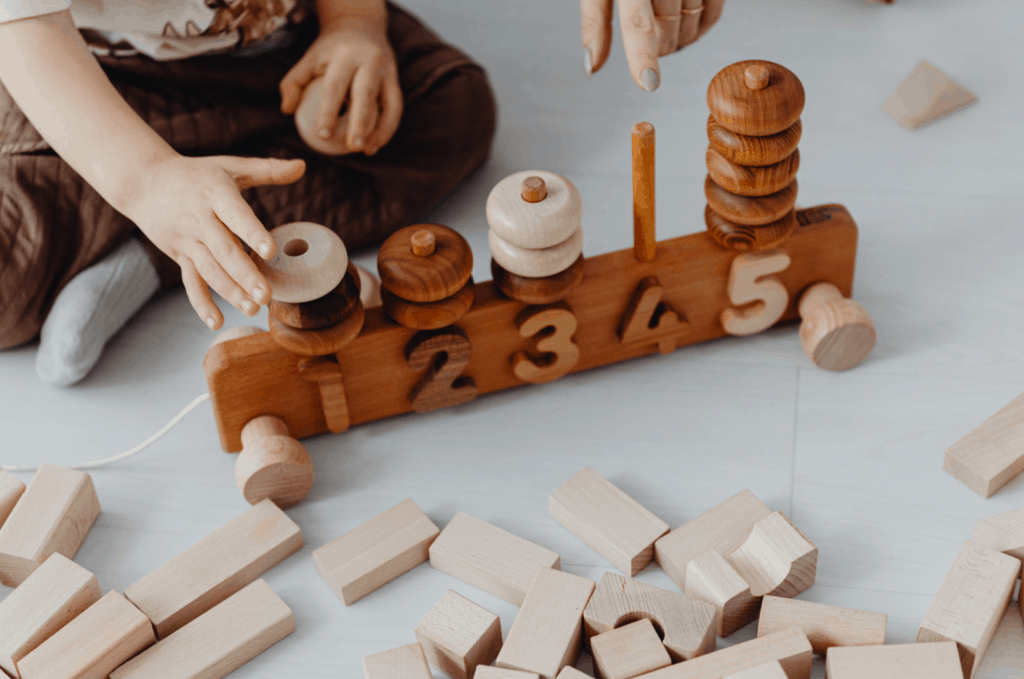
The Prepared Environment
Because this is a child-driven education method, it is the parent or teacher’s responsibility to ensure students are in an environment where they can have opportunities to learn all they need to for the well-rounded education all children deserve.
Having many different hands-on activities and toys for children to play with and learn from is extremely important to have in education environments. These toys and activities should all be things which children can do by themselves or in a small group of peers (without adult help). This teaches children they are capable of doing things on their own without depending on someone else’s help or aid.
Teachers and parents should present the learning materials in an orderly and appropriate manner. This helps the child to be able to focus on one thing at a time to grow their curiosity. This is to promote and optimize their learning experience.
Materials should all be placed in the classroom on low shelves for the students to be able to reach without adult help and should be organized and presented neatly. Important materials should also be placed in order from left to right. This helps the child begin to start looking at the left and make their way to the right as early practice for reading.
Auto Education
Auto Education, sometimes referred to as “self-education” is the idea that children should be in charge of their own education. The
The
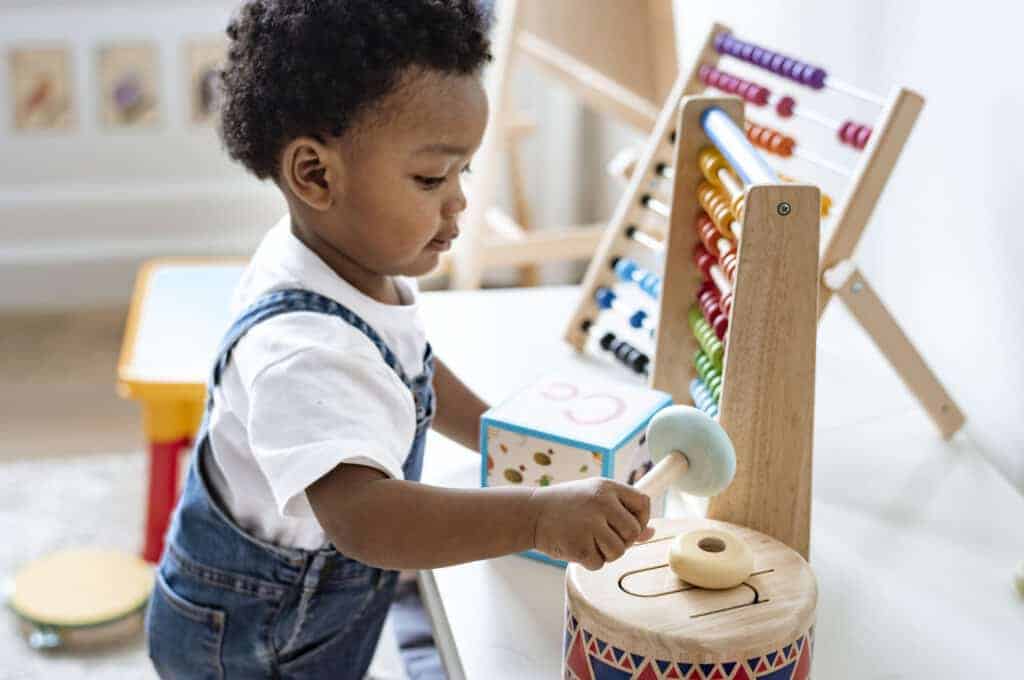
What is the Role of the Parent?
Montessori parents and teachers are primarily responsible for the learning opportunities of their children and students. Ensuring they have the materials they need to learn and the experiences necessary for a well-rounded education falls on the caregivers.
Encourage children to follow their instincts and curiosity as they grow and learn. Parents and teachers can do this by congratulating the child on previous materials and skills they have mastered. They can also do this by asking their children questions about what they are learning about. This can spark a deeper curiosity, promoting more growth in that area.
Allowing the children to follow their own internal plan of education is a huge role of being a Montessori parent or teacher. You should never force a child to move onto a new subject while they are learning about something else. This can stunt their growth and teach them that learning is not their top priority.
Understand that education comes from many different places. Children learn from all life experiences. While a parent or teacher may see a child making a mess and dropping blocks downstairs, the child is learning how gravity works. As a parent or teacher who teaches using the
Being an example for your child or student is the best way to teach them. Explain to them how you are learning about new materials on your own (reading or watching documentaries on things that interest you). This will promote a growth mindset in the children.
Showing the students good social and emotional skills is how you can influence their education without taking over. While the children are interacting with each other or with toys you can ask them questions to help them grow empathy for the other. This will help them learn how they should be treating others and themselves.
How to Apply Montessori Principles at Home?
One of the best things to do when trying the
For example, if your child decides for the night they do not want to sleep in their bed and they choose the floor instead, allow them to sleep there. Your child will eventually realize they sleep more comfortably on their bed and will choose the bed on their own. This is something that does not necessarily affect you with either choice they make and does not harm them. Allowing them to make this choice on their own is following the
When you are completing tasks around the house or day-to-day chores, try to create ways your child can help so you can teach them different tasks. For example, when preparing meals, have your child help out. This is a fun way to teach them how to mix, measure, and be safe around hot appliances.
There are many activities throughout the day where you can allow your child to help you and will simultaneously be teaching them how they should behave.
Give them opportunities to observe the world. Take walks and have them observe the world and nature which is all around them. Help them to understand how the world works by giving them opportunities to learn for themselves.
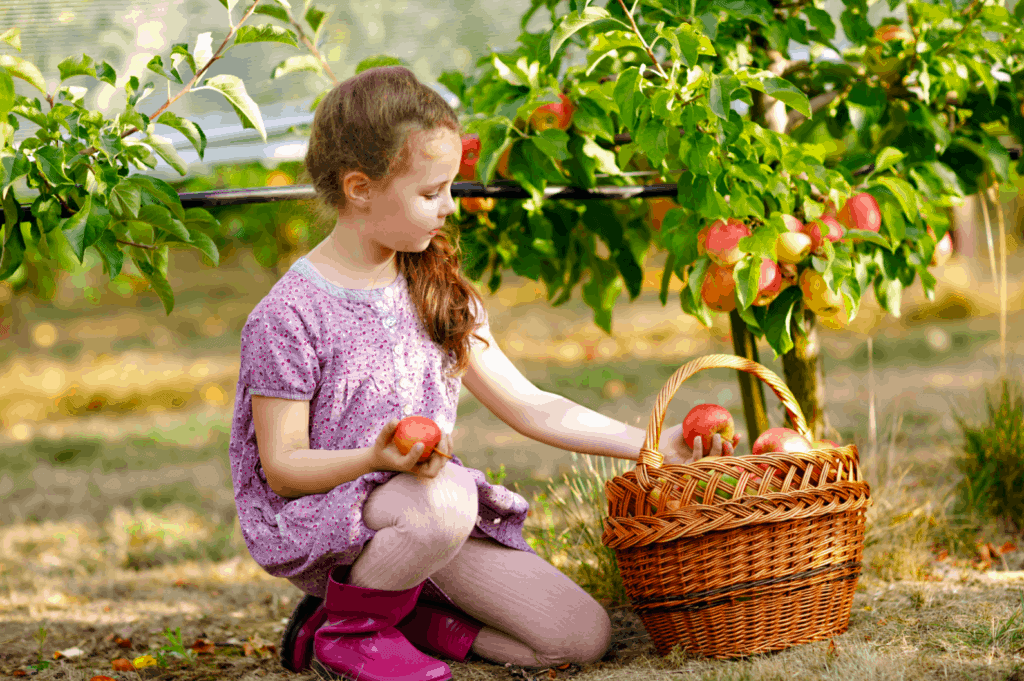
What Do Parents Think About the Montessori Method?
While reading through and researching different
Many think that having the child learn on their own is a great way to help a child develop their curiosity as well as learn how to observe and understand different subjects which interest them. On the contrary, many parents have found there are some subjects which are better learned from the traditional take of education. These subjects often vary from child to child.
Click here to view a Montessori parenting forum.
Montessori Parenting Books
Still looking for more ideas on how to implement Montessori methods into parenting? Consider these books:
The Whole-Brain Child Workbook
A workbook which helps to involve the whole brain as the child does their work.
Price: $12 – $20
Click here to view product on Amazon.
The Montessori Toddler: A Parent’s Guide to Raising a Curious and Responsible Human Being
A parenting book aimed to teach parents how to implement
Price: $10 – $20
Click here to view product on Amazon.


